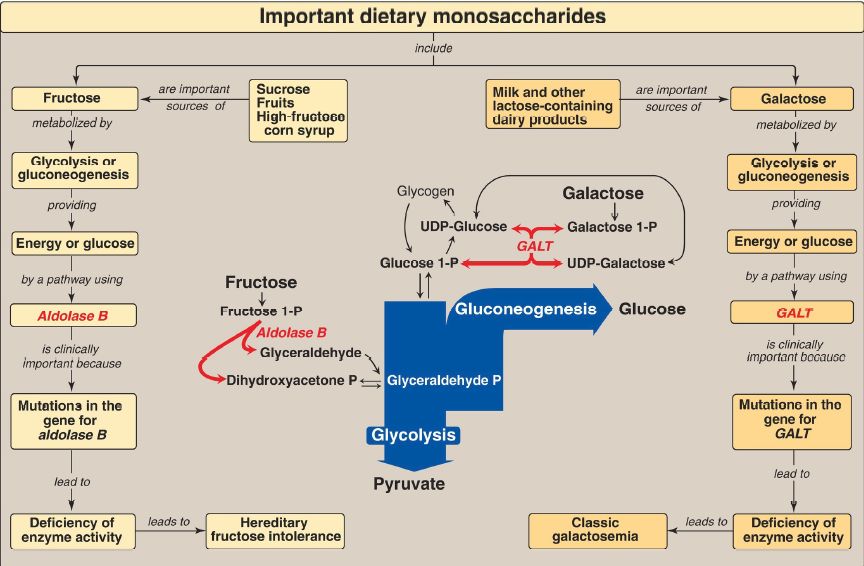

النبات

مواضيع عامة في علم النبات

الجذور - السيقان - الأوراق

النباتات الوعائية واللاوعائية

البذور (مغطاة البذور - عاريات البذور)

الطحالب

النباتات الطبية


الحيوان

مواضيع عامة في علم الحيوان

علم التشريح

التنوع الإحيائي

البايلوجيا الخلوية


الأحياء المجهرية

البكتيريا

الفطريات

الطفيليات

الفايروسات


علم الأمراض

الاورام

الامراض الوراثية

الامراض المناعية

الامراض المدارية

اضطرابات الدورة الدموية

مواضيع عامة في علم الامراض

الحشرات


التقانة الإحيائية

مواضيع عامة في التقانة الإحيائية


التقنية الحيوية المكروبية

التقنية الحيوية والميكروبات

الفعاليات الحيوية

وراثة الاحياء المجهرية

تصنيف الاحياء المجهرية

الاحياء المجهرية في الطبيعة

أيض الاجهاد

التقنية الحيوية والبيئة

التقنية الحيوية والطب

التقنية الحيوية والزراعة

التقنية الحيوية والصناعة

التقنية الحيوية والطاقة

البحار والطحالب الصغيرة

عزل البروتين

هندسة الجينات


التقنية الحياتية النانوية

مفاهيم التقنية الحيوية النانوية

التراكيب النانوية والمجاهر المستخدمة في رؤيتها

تصنيع وتخليق المواد النانوية

تطبيقات التقنية النانوية والحيوية النانوية

الرقائق والمتحسسات الحيوية

المصفوفات المجهرية وحاسوب الدنا

اللقاحات

البيئة والتلوث


علم الأجنة

اعضاء التكاثر وتشكل الاعراس

الاخصاب

التشطر

العصيبة وتشكل الجسيدات

تشكل اللواحق الجنينية

تكون المعيدة وظهور الطبقات الجنينية

مقدمة لعلم الاجنة


الأحياء الجزيئي

مواضيع عامة في الاحياء الجزيئي


علم وظائف الأعضاء


الغدد

مواضيع عامة في الغدد

الغدد الصم و هرموناتها

الجسم تحت السريري

الغدة النخامية

الغدة الكظرية

الغدة التناسلية

الغدة الدرقية والجار الدرقية

الغدة البنكرياسية

الغدة الصنوبرية

مواضيع عامة في علم وظائف الاعضاء

الخلية الحيوانية

الجهاز العصبي

أعضاء الحس

الجهاز العضلي

السوائل الجسمية

الجهاز الدوري والليمف

الجهاز التنفسي

الجهاز الهضمي

الجهاز البولي


المضادات الميكروبية

مواضيع عامة في المضادات الميكروبية

مضادات البكتيريا

مضادات الفطريات

مضادات الطفيليات

مضادات الفايروسات

علم الخلية

الوراثة

الأحياء العامة

المناعة

التحليلات المرضية

الكيمياء الحيوية

مواضيع متنوعة أخرى

الانزيمات
Monosaccharide and Disaccharide Metabolism
المؤلف:
Denise R. Ferrier
المصدر:
Lippincott Illustrated Reviews: Biochemistry
الجزء والصفحة:
27-9-2021
1981
Monosaccharide and Disaccharide Metabolism
The major source of fructose is the disaccharide sucrose, which, when cleaved, releases equimolar amounts of fructose and glucose (Fig. 1).
Transport of fructose into cells is insulin independent. Fructose is first phosphorylated to fructose 1-phosphate by fructokinase and then cleaved by aldolase B to dihydroxyacetone phosphate and glyceraldehyde. These enzymes are found in the liver, kidneys, and small intestine. A deficiency of fructokinase causes a benign condition (essential fructosuria), whereas a deficiency of aldolase B causes hereditary fructose intolerance (HFI), in which severe hypoglycemia and liver failure lead to death if fructose (and sucrose) is not removed from the diet. Mannose, an important component of glycoproteins, is phosphorylated by hexokinase to mannose 6-phosphate, which is reversibly isomerized to fructose 6-phosphate by phosphomannose isomerase. Glucose can be reduced to sorbitol (glucitol) by aldose reductase in many tissues, including the lens, retina, peripheral nerves, kidneys, ovaries, and seminal vesicles.
In the liver, ovaries, and seminal vesicles, a second enzyme, sorbitol dehydrogenase, can oxidize sorbitol to produce fructose. Hyperglycemia results in the accumulation of
sorbitol in those cells lacking sorbitol dehydrogenase. The resulting osmotic events cause cell swelling and may contribute to the cataract formation, peripheral neuropathy, nephropathy, and retinopathy seen in diabetes. The major dietary source of galactose is lactose.
The transport of galactose into cells is insulin independent. Galactose is first phosphorylated by galactokinase (a deficiency results in cataracts) to galactose 1- phosphate. This compound is converted to uridine diphosphate (UDP)- galactose by galactose 1-phosphate uridylyltransferase (GALT), with the nucleotide supplied by UDP-glucose. A deficiency of this enzyme causes classic galactosemia. Galactose 1-phosphate accumulates, and excess galactose is converted to galactitol by aldose reductase. This causes liver damage, brain damage, and cataracts. Treatment requires removal of galactose (and lactose) from the diet. For UDP-galactose to enter the mainstream of glucose metabolism, it must first be isomerized to UDPglucose by UDP-hexose 4-epimerase. This enzyme can also be used to produce UDP-galactose from UDP-glucose when the former is required for glycoprotein and glycolipid synthesis.
Lactose is a disaccharide of galactose and glucose. Milk and other dairy products are the dietary sources of lactose. Lactose is synthesized by lactose synthase from UDP-galactose and glucose in the lactating mammary gland. The enzyme has two subunits, protein A (which is a galactosyltransferase found in most cells where it synthesizes N-acetyllactosamine) and protein B (α-lactalbumin, which is found only in lactating mammary glands, and whose synthesis is stimulated by the peptide hormone prolactin). When both subunits are present, the transferase produces lactose.

Figure 1: Key concept map for metabolism of fructose and galactose. GALT = galactose 1-phosphate uridylyltransferase; UDP = uridine diphosphate; P = phosphate.
 الاكثر قراءة في الكيمياء الحيوية
الاكثر قراءة في الكيمياء الحيوية
 اخر الاخبار
اخر الاخبار
اخبار العتبة العباسية المقدسة

الآخبار الصحية















 قسم الشؤون الفكرية يصدر كتاباً يوثق تاريخ السدانة في العتبة العباسية المقدسة
قسم الشؤون الفكرية يصدر كتاباً يوثق تاريخ السدانة في العتبة العباسية المقدسة "المهمة".. إصدار قصصي يوثّق القصص الفائزة في مسابقة فتوى الدفاع المقدسة للقصة القصيرة
"المهمة".. إصدار قصصي يوثّق القصص الفائزة في مسابقة فتوى الدفاع المقدسة للقصة القصيرة (نوافذ).. إصدار أدبي يوثق القصص الفائزة في مسابقة الإمام العسكري (عليه السلام)
(نوافذ).. إصدار أدبي يوثق القصص الفائزة في مسابقة الإمام العسكري (عليه السلام)


















